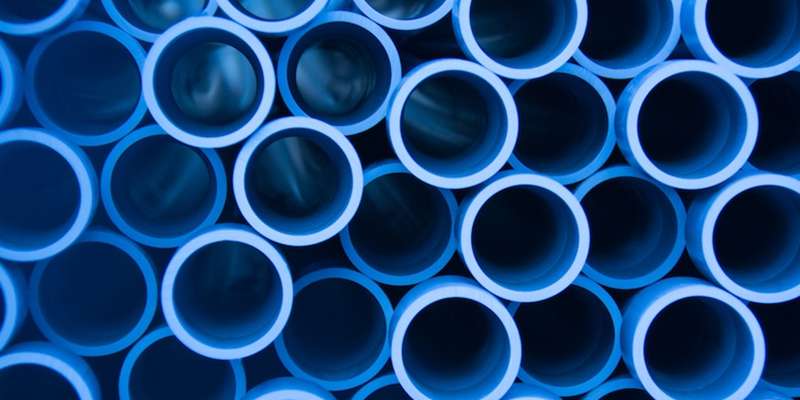- September 9, 2022
To a large extent, plastic fabrication remains the most pivotal aspect of plastic industries. It involves using various methods to design and manufacture plastic products from different plastic materials that meet the specification of end users.
However, some plastics categorized as engineering plastics comprise plastic grades distinct from conventional plastic materials. Hence, this guide discusses engineering plastics types, properties, and applications. Let’s get right into it.
What are Engineering Plastics?
Engineering plastics, also called thermoplastic polymers, are a group of synthetic resins that offer high-performance capabilities and enhanced plastic characteristics compared to other standard plastic materials.
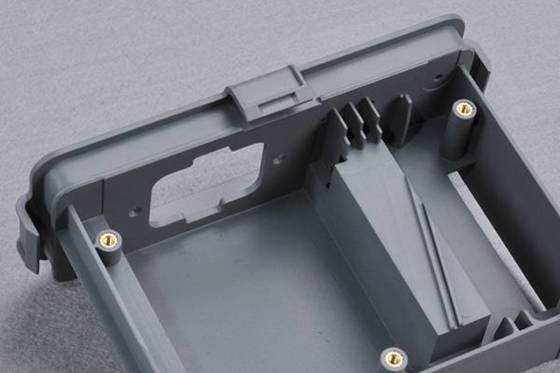
More specifically, engineering plastics possess a wide spectrum of properties (especially mechanical and/or thermal), enabling them to perform much better in structural applications than commonly used commodity plastics. In addition, they maintain stability over a wide temperature range and resist substantial mechanical stress and chemical or physical changes in the environment.
Engineering plastics are also specially made accessible to part manufacturers in the raw form to undergo plastic engineering into the desired end products.
Engineering Plastics vs Commodity Plastics: What's the Difference?
Commodity plastics include plastic grades used in high-volume applications where technical performance is not essential—for instance, regular household items. Commodity plastics include Polypropylene, Polyethylene, Polyvinyl Chloride, Polyurethane, Polystyrene, etc. Even though commodity plastics are not as sophisticated as engineering plastics, they are still widely available and used. They are used for packaging, containers, clothing, disposables, etc.
The technological advancement and continuous research for improved plastic materials led to engineering plastics such as Polycarbonate, Polyamide, Polyphenylene Oxide, etc. In many cases, these plastic materials progressively replace traditional engineering materials such as metals and ceramics for specific purposes due to their high performance and combined strength. Moreover, unlike commodity plastics, typical engineering plastics provide the following advantages:
- Heat stability up to temperatures between 120 to 150°C.
- Excellent machinability and moldability into various shapes.
- Lightweight, higher strength, and minimal friction.
- Decent chemical resistance, resilience, stiffness, durability, and electrical properties.
For these reasons, engineering plastics specifically apply in the fabrication of mechanical parts across several industries such as automotive, medical, electrical and electronics, aerospace, construction, consumer products, etc. However, in contrast to commodity plastics, engineering plastic materials are more expensive, which justifies their use for smaller products or low-volume applications.
Properties of Engineering Plastics
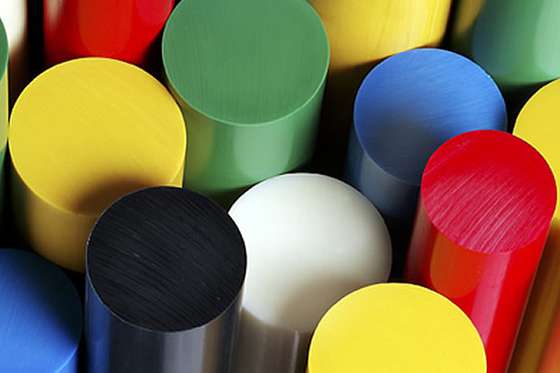
For a long time, many plastic grades cut across several industries. Today, there are over 50 different categories of plastic materials, and each plastic material is often limited to specific purposes due to intrinsic properties and some design considerations. Consequently, not all plastic grades are suitable for engineering and technical applications. Nevertheless, below are some general properties of engineering plastics:
- Good mechanical properties (abrasion resistance, impact strength)
- Optical Properties (translucent and transparent)
- Chemical Resistance
- Dimensional Stability
- Low Flammability
- Thermal Resistance (minimum and maximum operating temperature)
- Water repellent
- Sliding Properties
- Electrical Properties
A Brief Overview of Plastic Engineering
Plastic engineering is a field that focuses on the production of plastic parts from suitable plastic materials. It involves various processes such as the following:
- Procurement of suitable plastic materials for projects
- Plastic product design based on specifications
- Manufacturing Plastic Parts
- Performance testing of fabricated plastic products
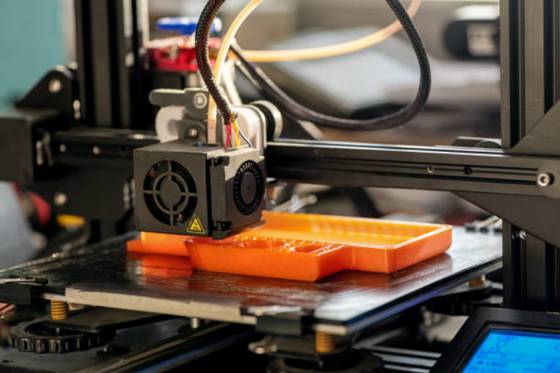
Above all, plastic engineers must address and quantify the critical properties of raw plastic materials to meet the requirements for specific applications while keeping operating costs at a minimum. Thus, the inherent characteristics of plastic materials pose certain challenges to plastic engineers during the manufacturing processes.
CNC plastic machining services provide downright solutions for machining precise and functional plastic components from engineering plastics. This automated technology applies in manufacturing engineering plastic products as they are more precise, efficient, and compatible with a broad range of engineering plastic materials.
Common Types of Engineering Plastics
Engineering plastics are broad-ranging. As such, choosing the right material for your machining project gets tricky at times. Furthermore, the properties of various types of engineering plastics inform their respective use for specific machining processes and applications. Nevertheless, you can leverage plastic prototyping options to make more optimal choices. Here are some of the commonest types of engineering plastics.
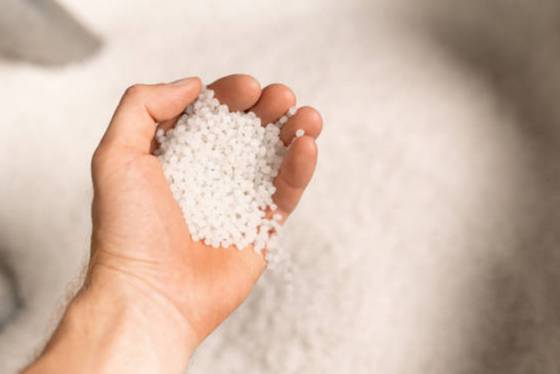
1. Polycarbonates (PC)
PC plastics include carbonate groups in their chemical make-up. This engineering plastic type comprises thermoplastic polymers that combine toughness, rigidity, durability, and impact strength. They are easy to machine or mold to desired shapes. Additionally, polycarbonates offer good thermal, electrical, and weathering properties, unlike standard plastics. Some PC plastic grades are also optically transparent. Thus, this combined property makes it suitable for manufacturing motorcycle helmets, bumpers, and optical discs.
2. Acrylonitrile Butadiene Styrene (ABS)
As the name suggests, ABS is a copolymer formed by the polymerization of acrylonitrile and styrene in the presence of the additive polybutadiene. ABS offers high performance owing to its properties such as heat resistance, flame retardancy, chemical resistance, electrical insulation, easy coloration, impervious surface, impact strength, etc. Additionally, the relative content of the monomers forming the ABS can modify to enhance insulation and heat resistance properties further. These features, alongside the low production cost, make it well-suited for CNC machining and 3D printing. Experts often apply ABS for dashboards trims, wheel covers, and car bumpers.
3. Polymethylmethacrylate (PMMA)
PMMA plastics, fondly called acrylic, are another common engineering plastic used for improved capabilities, especially in the construction industry. It has high surface strength, temperature performance, chemical resistance, optical transparency, and an appealing appearance.
Furthermore, PMMA also has excellent wear resistance and is lightweight, which compares well to aluminum. To crown all of this, it can undergo suitable processing by molding or machining to specific plastic parts such as taillights and protective shields.
4. Polyphenylene Oxide (PPO)
The list of common engineering plastic types remains incomplete without PPO. This crystalline thermoplastic grade provides high rigidity and hardness, impact strength, wear resistance, good dimensional stability, and electrical properties. Not to mention, modified PPO also offers exceptional heat distortion resistance above 100oC up to 195oC. As a result, most manufacturers apply this engineering plastic material for automotive parts, electrical components, and instruments that require high heat resistance and stability.
5. Polyoxymethylene (POM)
This engineering thermoplastic offers high wear resistance, rigidity, and hardness. Similarly, POM plastic gets easily processed into various high-performance parts. Therefore, POM is mainly used for gear wheels, fasteners, auto parts, ball bearings, and products with skeleton functions.
Applications of Plastic Engineering Products
From a standpoint, engineering plastic products or parts fall into different categories based on the specifications and requirements for their application. Here are some of the applications of plastic engineering products:
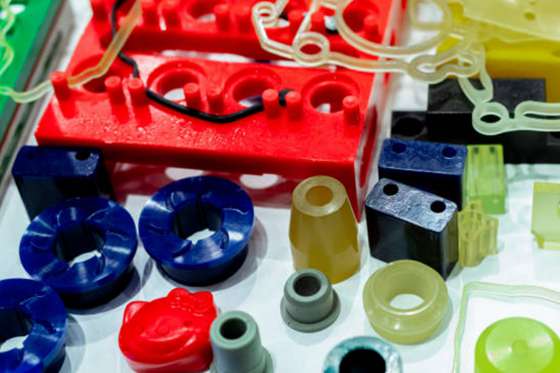
1. Mechanical Plastic Units
Examples include Cams, couplings, and gears. High impact and tensile strength and good stability for a long period under high temperatures are important properties of these plastic parts.
2. Chemical and Heat Resistant Plastic Components
Examples include valve covers and seats, fuel rails, water pump housings, etc. These engineering plastic products require exceptional resistance to corrosion environments and high temperatures.
3. Electrical Plastic Parts
These parts require excellent electrical resistance, tensile strength, and stability. Examples include connectors and relays.
4. Low Friction Components
The most vital requirement in applying these parts is a low coefficient of friction. Examples include wear-resistant surfaces, bearings, guides, and slides.
Conclusion
Engineering plastics are high-performance plastics grades used to fabricate plastic parts that require much more technical or enhanced functions. Further, these plastic grades have become the fabric of choice to replace traditional engineering materials like metals and ceramics. And this is due to their excellent mechanical and chemical features, strength, stability, and electrical and optical properties, among others. As a result, it remains of interest in many industries for various applications.
FAQs
What is the difference between engineering plastics and specialty plastics?
Engineering plastics are well suited for tasking applications. They mainly apply to parts that require high performance and capabilities. On the other hand, specialty plastics are suitable for definite purposes.
Is polyurethane an engineering plastic?
Concisely, polyurethanes are not engineering plastics. This is because polyurethane lacks the required properties to perform under vigorous or technical conditions.
Which is better, LDPE or HDPE?
This mainly depends on the use. Low-density polyethylene is soft, flexible, and lightweight but is fit for applications where stiffness, heat resistance, and impact strength are not required. As such, LDPE remains widely used for plastic bags, bottles, and tubes.
On the flip side, High-density polyethylene is tougher, harder, and provides greater impact strength and good resistance to heat, chemicals, and moisture. Thus, HDPE is classified as engineering plastic materials, and they apply in the fabrication of automotive parts and pipe systems.

